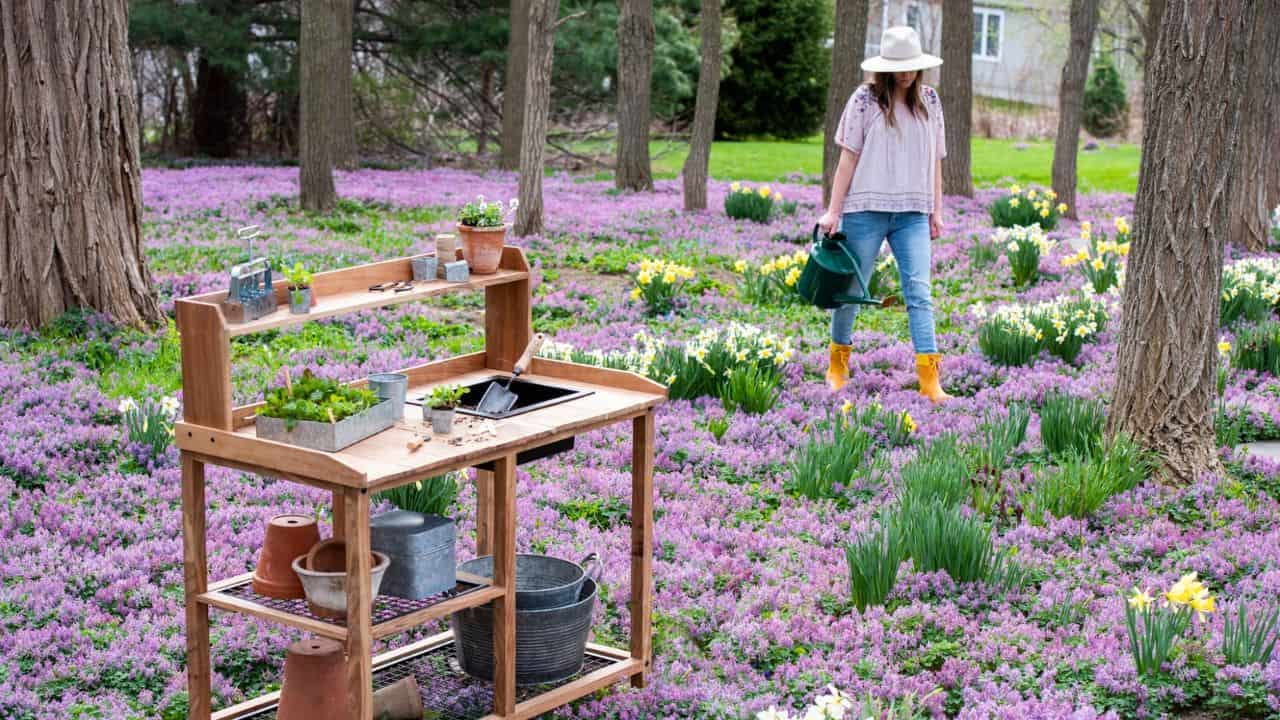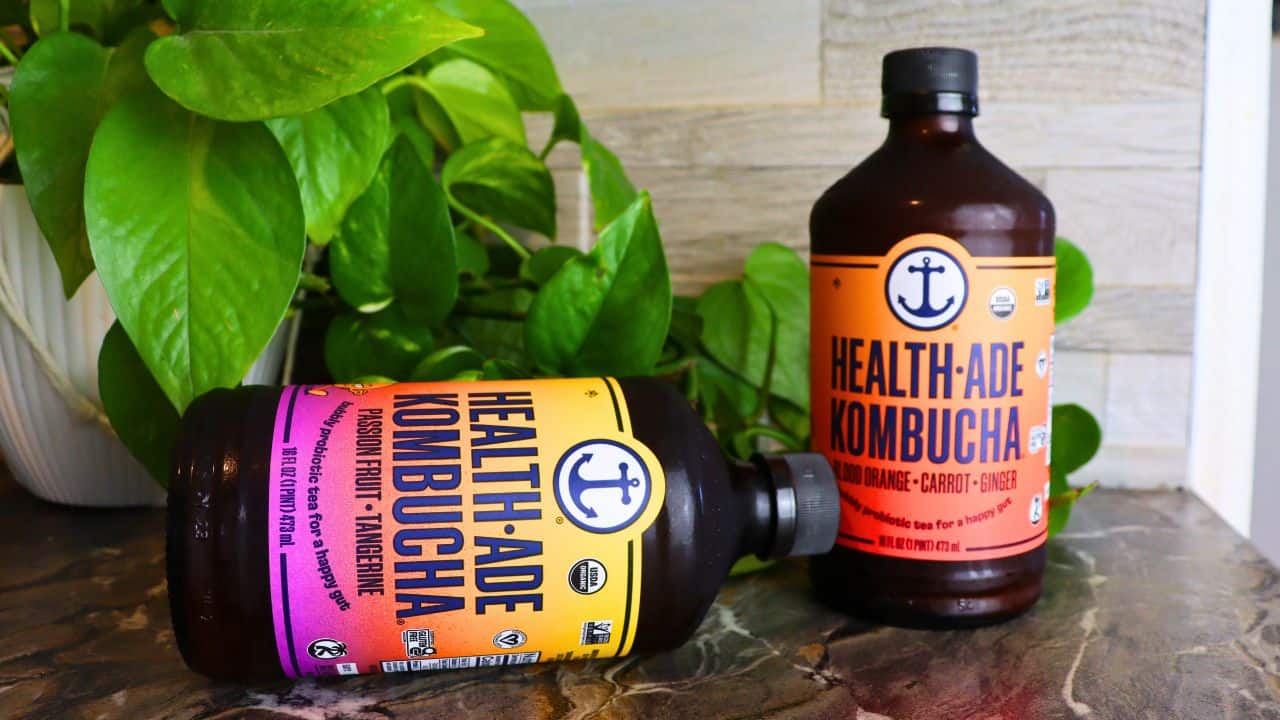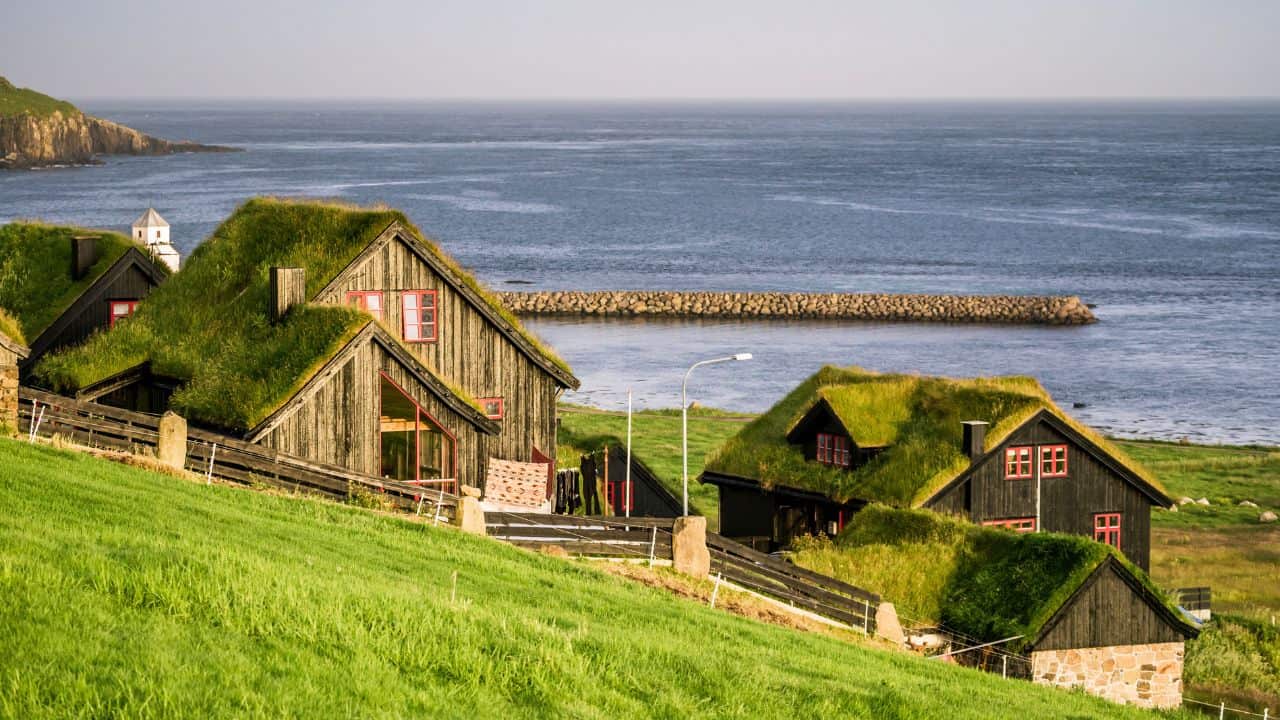It’s estimated that the world’s food systems are currently responsible for one quarter of greenhouse gas emissions.
Reports from both the IPCC and COP26 highlighted that meat and dairy production are particularly to blame as they’re linked to deforestation, soil degradation, high water usage and, of course, greenhouse gases such as carbon dioxide and methane.
Plus, with climate change and the degradation of soil health coupled with increasing populations, the ability to provide enough food for all is under threat.
Yet it’s thought that about 36% of the world’s crops are fed to livestock and meat consumption is set to double by 2050.
It’s clear that we need more sustainable food systems for people, planet and animals. But the answer might not be as simple as removing livestock altogether.

pebble’s Features Editor Francesca Brooking, spoke to Francis Clarke, Managing Director of Trewithen Dairy in Cornwall, and Tim Martin, Co-Founder of Farm Wilder.
They argue that a sustainable food system can and should use animals as they can be produced in a way that benefits the environment.
Both businesses use regenerative farming practices that work on improving soil health and biodiversity, setting a new standard for agriculture in the UK.
Francis, could you tell me a little bit about Trewithen Dairy?
Francis Clarke: Trewithen Dairy was started in the mid-90s by my parents. There are at least three generations of dairy farming on both sides of the family so it’s very much in the blood. We decided to sell the cows, but not the farm.
We partnered with a neighbour to the east and to the west to supply the milk and we did all of the pasteurising and delivery. That’s how the direct relationship with farmers started.
We now have 35 farms within a 25-mile radius that supply the business. All those farmers commit to our TrewFarming Standard.
We’ve worked on this standard for a decade now, but it was about four years ago when there was a lot more awareness around climate impact and sustainability in both packaging, but also farm production.
It was our passionate belief that livestock farming has a positive role to play in a diverse farming ecology.
What is the ‘TrewFarming Standard’ and how does it apply to dairy farms?
FC: Our ‘TrewFarming Standard’ has become an auditable standard in the last three years.
Farmers are audited on 14 health and welfare metrics that we monitor and improve. Examples are reduction targets around antibiotic use on farms and ethical treatment of bull carves.
Two years ago, we added in a carbon footprint metric for every farm under our standard. We now know the carbon footprint of those farms and have done workshops to help them improve that.
Underpinning all of that is a commitment to continuous improvement.
This is about farmers getting together, two to three times a year, sharing best practices learning from the latest science and ultimately, committing to be at the forefront of dairy farming and sustainability.

In your Earth Milk Project, you’re working with two farmers who are using regenerative farming techniques to sequester carbon into the soil. Could that be the future of dairy farming in the UK?
FC: From what we’ve learned so far, there is a huge opportunity to embrace these techniques and to make milk production, livestock and agriculture carbon neutral.
There are also wider benefits such as greater biodiversity on the farm and lower use of artificial inputs.
We see this as an important part of the future.
Our Earth Milk Project is as much about experimenting and making a real-world commercial environment as it is about our farmers sharing that knowledge with others – both successes and failures – so that we can move forward positively.

What are the challenges faced by small dairy farmers wanting to adopt a more regenerative approach and how can they overcome them?
FC: Ultimately farms are also businesses. Those farmers need to make a living from the land and making changes to your production system has risks associated with it. So I’d say the biggest barrier is the risk of change.
The way we’re trying to de-risk it is by providing information about how change can be made and I believe it will hopefully improve farming profitability. Not be to its detriment.
In the Earth Milk Project, we’re supporting our two farms to cushion them against any unintended consequences of making these changes.
Hopefully, this project can be a guiding star where we share successes and failures and what these look like. So, we can give more confidence to farmers about the ultimate impact on their businesses.
As a producer, the biggest challenge we find is telling the story of regenerative farming as it’s quite complex.
It’s not just one carbon footprint versus another. There is no precedent set for this.
You’ve got to tell the whole story. Nature is complex too.
Everything works in symbiosis and you can’t just pluck out a couple of facts to market this.
As a producer, the biggest challenge we find is telling the story of regenerative farming as it’s quite complex

How can consumers support sustainable dairies?
FC: As it stands, we don’t have a certification but we are openly and transparently telling our story.
We’re publishing the data we’ve been collecting, which includes our soil testing. We’ve just taken our second round of soil sampling now. The results will be available in late spring or early summer.
We’re not expecting a lot of change in the first two years. These are long-term changes. So I think I would direct consumers towards producers who are being very open and transparent about the work that they’re doing.
Actions speak louder than words.
There could well be work on certification over the next five years that would bring some clarity but in the meantime, look for those who are transparent about their successes and failures.

Tim, could you tell me a little bit about Farm Wilder?
Tim Martin: Farm Wilder is an initiative to help farmers become more sustainable and more wildlife-friendly.
I’ve been a photographer, naturalist and conservationist all my life and I became frustrated about how much British wildlife has declined year on year. It’s just horrendous.
As a consumer, there was no way to spend money in a way that benefited wildlife and sustainability. Organic takes us halfway there but it doesn’t guarantee habitat protection for rare species.
So, I got together with a colleague Luke Dale-Harris who had been an environmental journalist and was retraining as a farmer advisor.
We set up a food label that allows people to buy meat that helps wildlife and supports sustainable farms.
We really want to help tackle this problem of declining wildlife and to try and change the culture around food to make biodiversity part of the conversation.
I think all farmers are custodians of the environment and wildlife.
It’s crazy that it hasn’t been part of our conversation and that you had no way of knowing when you bought food, whether it was from a farm that was helping wildlife or not.

How do you apply regenerative farming practices to your business?
TM: To be a Farm Wilder farmer, farms have to have exceptional biodiversity, which means having some habitat. That’s a special habitat like wildflower meadows, and really good heathland or something that’s good for wildlife and managing that for wildlife.
We carry out annual farm visits to make sure they have that as part of their conservation plan.
The other pillar of regenerative farming is sustainability. For that reason, we want our farms to have 100% pasture-fed animals, which is a regenerative practice.
That’s the problem with organic. You can feed grain to animals sometimes if you need to but it’s unsustainable. So, we went down a different route to the same destination of being sustainable and regenerative.
Some of our farms are organic too, but what we want most is to be 100% pasture-fed. This is because it means farms manage their land in different ways because they can’t use grain.
They have to get more nutrition from the forage. And that means they need to use herbal lays rather than just having a monoculture of ryegrass, which a lot of farmers have.
They need to have a whole mix of different plants with legumes to add nitrogen.
Herds graze maybe 15-20 species and that gives the animals their nutrition. It also means the farmers don’t need to apply much, if any artificial fertiliser.
It’s a really good system for improving soil health and sequestering carbon. Plus, you’ve got all these different native plants which are great for wildlife too.

One of the key takeaways from the new IPCC report is that we need a more sustainable food system. Farming needs to adopt methods that prioritise the ecosystem. What are your thoughts on that? How does the farming industry need to change to work with nature?
TM: It’s partly through adopting regenerative techniques we can make changes across the UK.
We need all farmers to think about these techniques. For example, using a herbal lay rather than just a regular rye grass lay.
This could even help them as it can reduce their fertiliser bills which have got expensive due to the cost of gas and so on.
But more than that, I think it needs a change of mindset. We farmers need to understand it’s part of our duty to look after wildlife and try to restore it.
There are some encouraging movements on this.
The Environmental Land Management (ELM) trials, which the government has brought in pay farmers for their environmental work… but all our farmers need to be thinking about biodiversity, carbon and farming in different ways.

People often think that a plant-based diet is the way to go if we want to save the planet from climate change. How does regenerative farming challenge this when applied to meat?
TM: I think more plant-based eating is a really good thing. We are big fans of that. We think that people should eat less meat and dairy.
The critical thing is when people do eat it, it should be better quality and more sustainable. It’s like going back to times gone by when having a roast was a treat rather than our current casual meat-eating which isn’t mindful of the animal’s life.
Meat should be treated like it’s precious, healthy and tasty. We need to be prepared to pay a little bit more for it but change our attitude to meet it.
I also think that it’s important to realise that our countryside needs animals. Without them, it’s much poorer. It’s very hard to put carbon back into the soil and restore soil health without using animals.
Grasslands are designed to have animals as part of them. If you take them away and just have a kind of vegan landscape that’s really challenging for restoring soil carbon and biodiversity.
For example, hay meadows are one of our most precious traditional habitats in the UK. They have an incredible number of plant species with orchids and beautiful things flowering in May and June.
They’re great for biodiversity as they attract all kinds of insects, butterflies, bees and even birds as well. But they are designed around grazing, they need to be grazed to survive.
So for me, the answer is not to have a vegan landscape, take the animals off, and then rewild areas that will make our biodiversity poorer.
The answer lies in reducing the intensity in which we graze the countryside, managing it, eating less meat and dairy and integrating into a wildlife-friendly system of farming.
We need to use animals for good to restore the landscape.

What are the challenges faced by farmers who are interested in adopting more regenerative practices? How can they overcome them?
TM: I think a big challenge is the price of food. Farmers are not farming in a way that’s against nature because they want to.
It’s because they’re being forced by the demand for ultra-cheap food. And I think we’ve got all out of kilter. We don’t value food and it’s a difficult thing to talk about – especially now with the cost of living crisis.
Food needs to be a little bit more expensive and I would argue that other things like housing should be a lot cheaper. We spend our money in weird ways in this country and it’s making it impossible for farmers.
I think it’s why it’s such a challenge because we need politicians in government to rebalance things so farmers do get a decent price for their food.
They need to make sure they’re not undercut by imports of ultra-cheap food from abroad and we need to make sure that there isn’t pressure to produce food at any cost at the lowest possible price.
But to do that, then we’ve got to balance other aspects of the economy so that people can afford healthy and sustainable food. I think that is such a massive challenge.
One thing that will really help in the meantime is better labelling.
That applies to imports of food as well and I’d really favour a system of labelling so that people can see straight away what’s sustainable.
Any particular food is in terms of its urban footprint, the biodiversity it supports and social measures as well.
And actually, British food is generally very good for sustainability. Even the less sustainable stuff is better than a lot of imports.

What do consumers need to look out for if they want to eat meat from sustainable farms? For example, labels or certifications?
TM: The reason why we set up the Farm Wilder is because this labelling system didn’t exist. People can buy Farm Wilder meat knowing that it’s sustainable, good for the environment and supports wildlife.
In the supermarket, I would say look for organic and 100% pasture-fed from Pasture For Life as it gets us part of the way there. And buy British.
The worst British meat is still a lot better than some of the imported meat so back British farmers and if you can pay just a little bit more for organic, Pasture For Life or Farm Wilder. It can really help.
One other thing, venison is a really good option. We’ve started selling wild shot venison and it’s important because we’ve got too many deer in our woods and landscape more generally.
So if people eat more wild shot venison, they’re helping to protect woodlands and wildlife including dormice, birds and rare butterflies that live in woodland habitats.
Sustainable beef and lamb are great but wild shot venison is in many respects even better.
Read more. Do more…
Want to learn more about sustainable farming?










